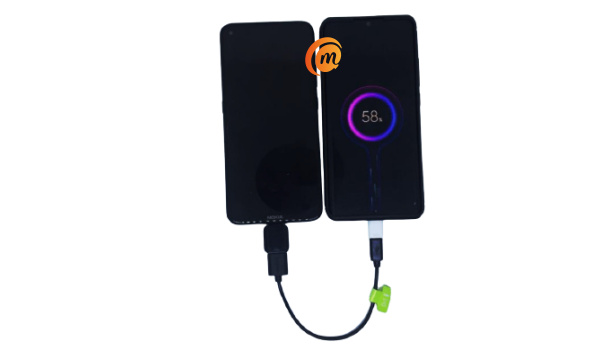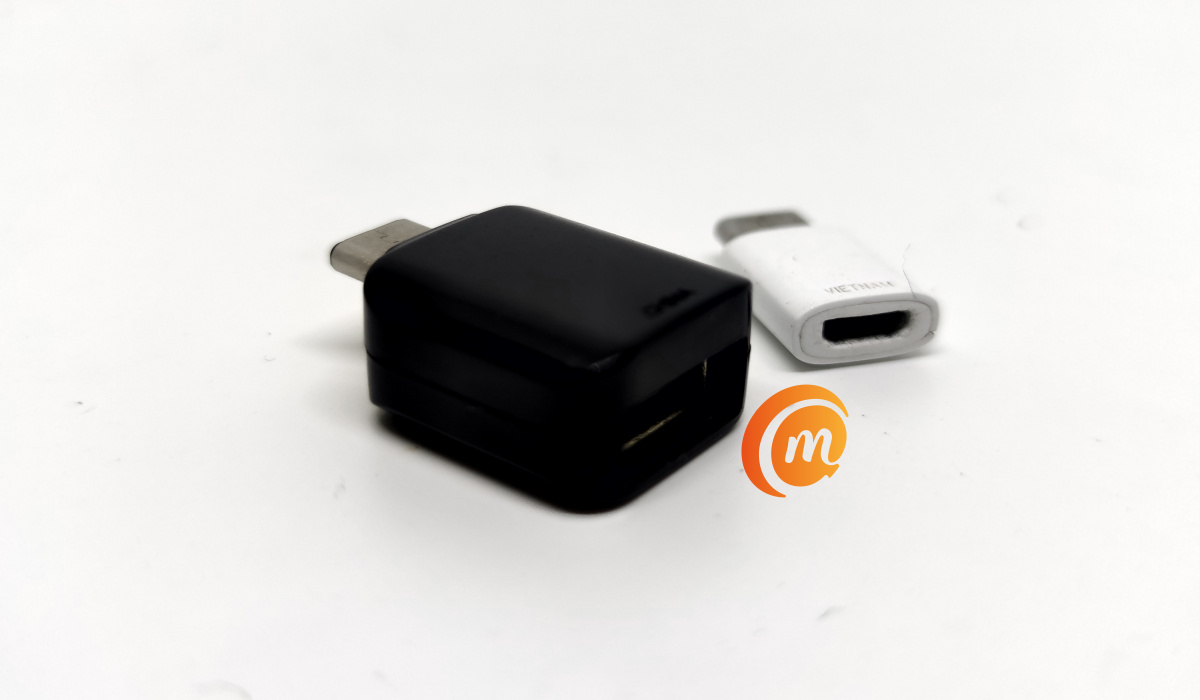You could argue that the phone with the higher charging rate would take over and charge the other, and you would be wrong. You could argue that the device with the bigger battery would take over and charge the other; and you would be wrong too. I captured a 15-second video showing what happened.
Watch the 15-second video when two phones with reverse charging are connected
From the embedded video, you can see that the Nokia 5.4 began charging the Xiaomi. Which is quite interesting based on the available facts, as follows: It looks like, by default, the phone with more juice charges the one with less battery power. That is what happened here. But perhaps there are other plausible explanations. I haven’t taken out time to study the phenomenon. Just thought to share my experience.
To be able to connect the two smartphones, I needed the right equipment, which ideally would be a cable that had micro USB C connector at both ends. But mine had gone missing some time ago. Thankfully, I keep a small collection of odd tools, like a micro USB-C adapter and a regular USB adapter. Those got the job done just fine.
Have you had a similar experience? How did it go? What did you observe? Do share using the Comment box below. Copyright Notice: Reproduction of this article on any website, e-book, book, newspaper, magazine or other media without express written permission from MobilityArena is a violation of copyright rules and will result in appropriate action being taken against violators.

